270.2.69 Jaeger-LeCoultre Reverso Chronographe Retrograde
Pre-Richemont JLC was unstoppable. Then CEO Henry-John Belmont, French designer Janek Deleskiewicz, and new recruit Günter Blümlein (of later Lange fame) wanted to take the Reverso and elevate it considerably. Using the model’s 60th anniversary as a bit of an excuse, the team then set about a decade long celebration of the Reverso from 1991 until 2000. Blümlein spearheaded the idea, and I simply can’t emphasize how important this man’s ideas proved over time. Modern Lange, the Reverso pink gold saga, IWC’s best years, and early FP Journe all have him to thank. This is one of the least appreciated, a series of Reversos each of which featured a dedicated movement that was one of the classic high complications, re-engineered down into a Reverso case. The Chronographe has always been my favorite, and not just because the ref. ends in 69, but a retrograde totalizer.


The trio wound up pushing further than, I think, even they could’ve imagined. So began a stream of six limited editions, each in pink gold, each with their own new movement designed to the Reverso case, and each produced in just 500 examples. Further, each complication was conceived by a dedicated watchmaker to design, develop, and test. First came the ’60ème’ with power reserve and date in 1991 by Daniel Wild, then this Tourbillon in 1993 by Sylvain Golay, a Minute Repeater in 1994 by Eric Coudray, Retrograde Chronograph in 1996 (which has since been reissued as of last year) by Manuel Guerin, Géographique ‘World Time’ Duoface in 1998 by Philippe Vandel, and Perpetual Calendar in 2000 by Rachel Torresani.

This was JLC showing off, the only maison rivaling Blancpain’s masterpieces. Being able to simply flip the case and wear the mechanical complication alone is a significant bonus, though the dual-style hand guilloché silver dial is beautiful. The Chronographe features a neat trick, where to see if it’s running or not from the time-telling side, there’s an indicator at 5. The pink gold saga is increasingly becoming understood as one of the greatest exercises in bespoke movement design that any one brand has undertaken in such a short timespan. This was the start of JLC serially producing high complication, much like the 3940 was for Patek. Each of these is a one-off movement made in 500 units. That’s absurd. And it’s no wonder this was the ref. JLC chose to reinvigorate the Reverso line last year: it’s perfect. But even moreso in original flavor.

This example appears to be lovely. The case sports surface wear, but quite light. The edges of the gold look quite sharp over all, the dial is perfect. It comes with its full set from a well-regarded Belgian retailer.











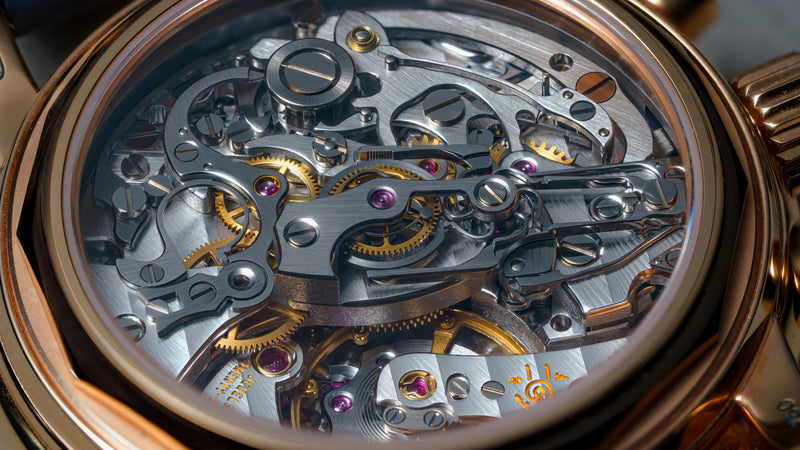











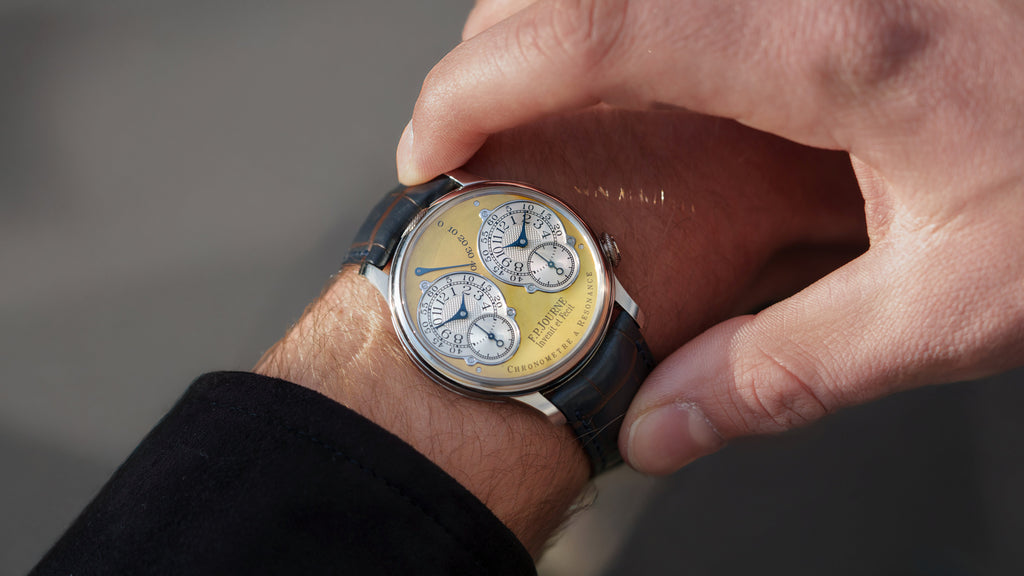
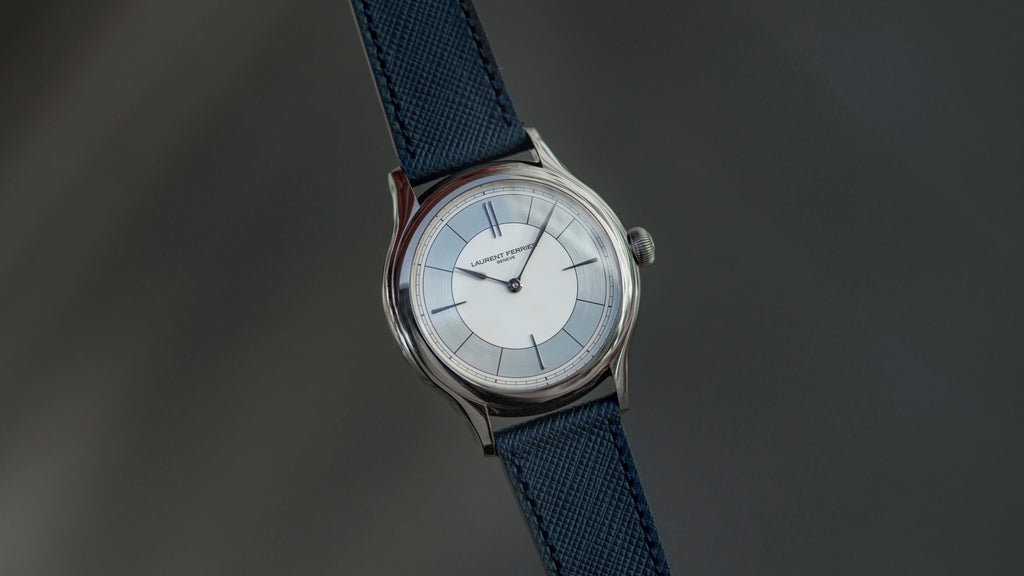


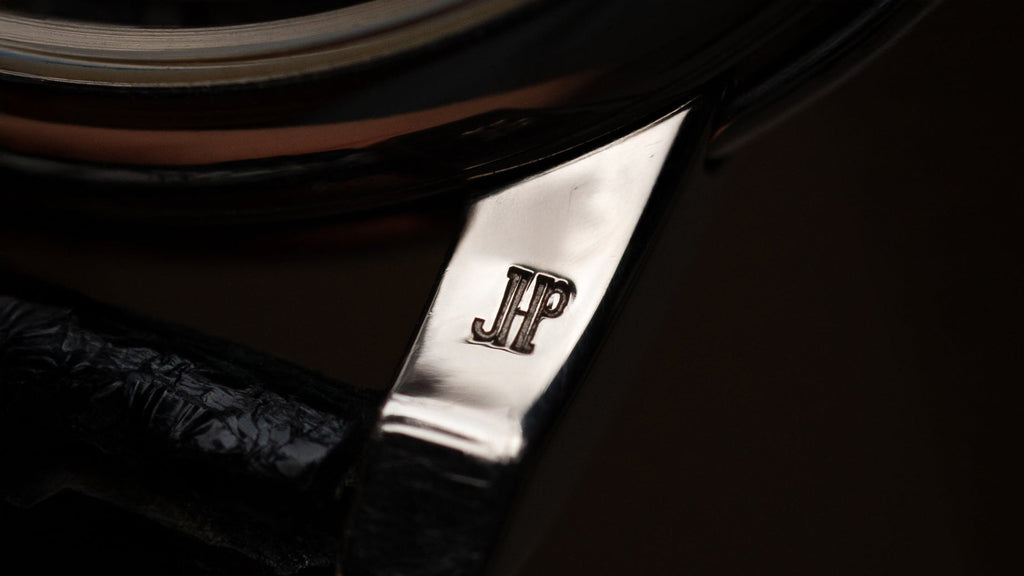
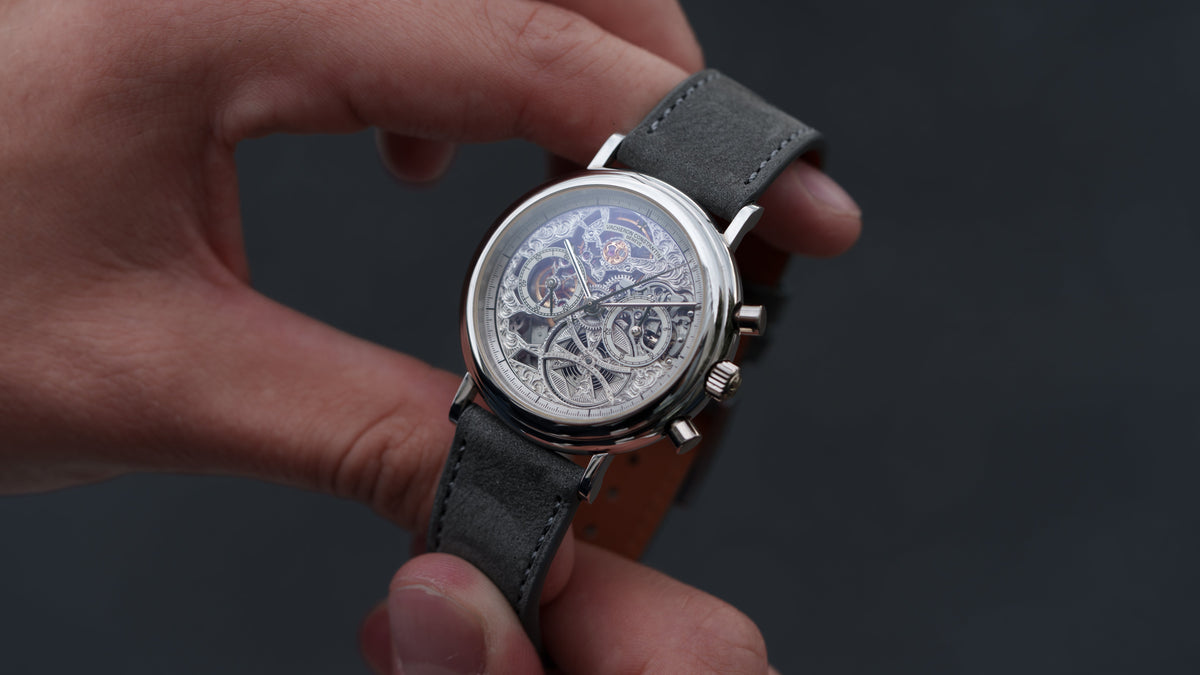
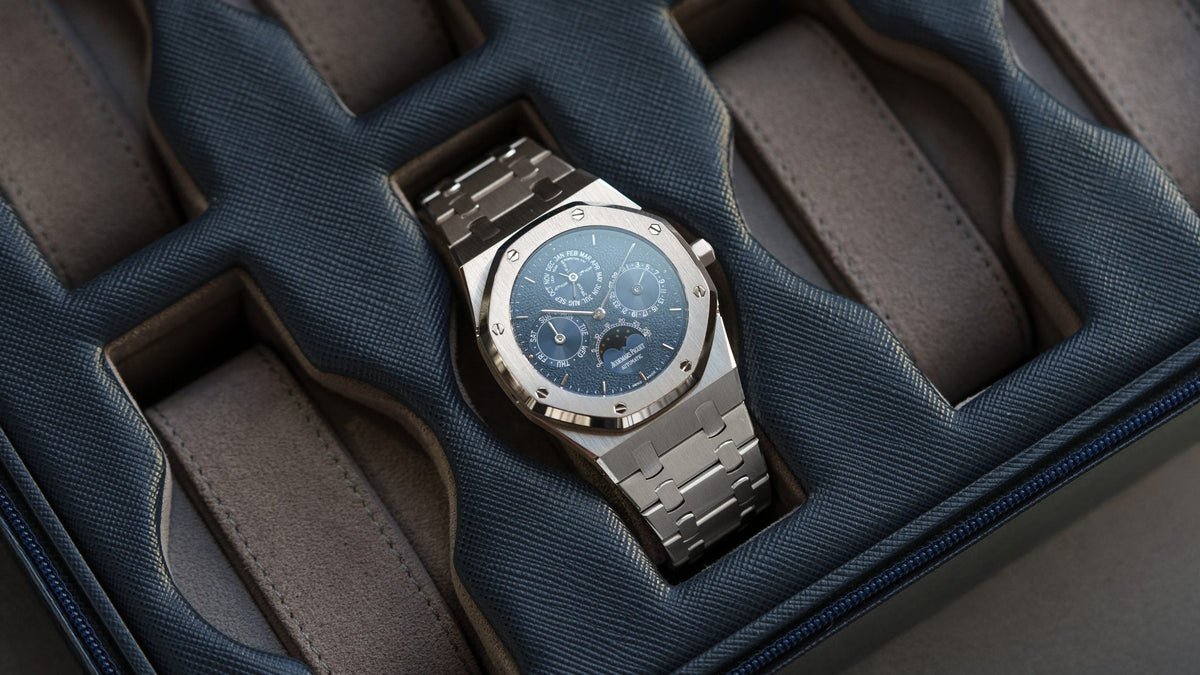
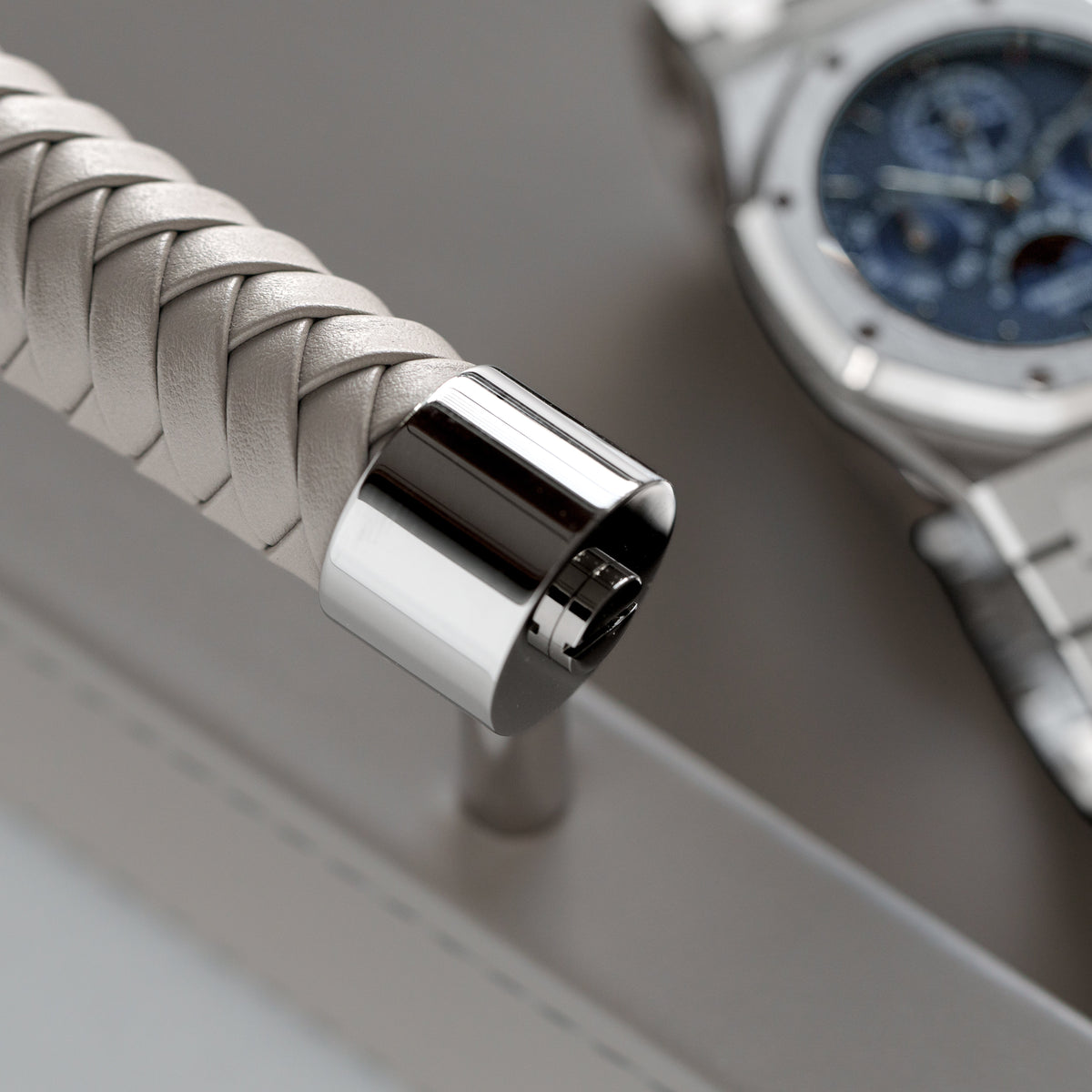


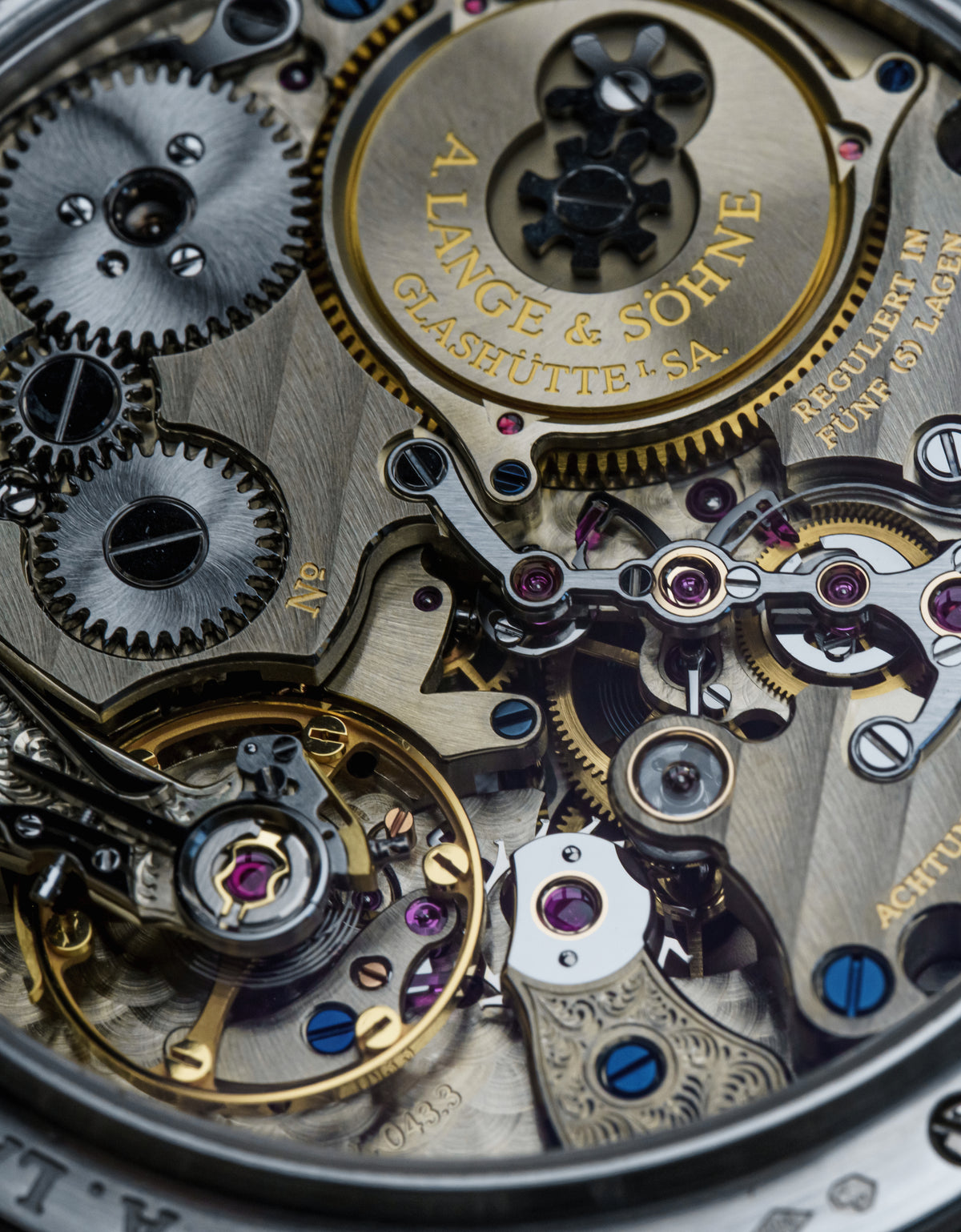

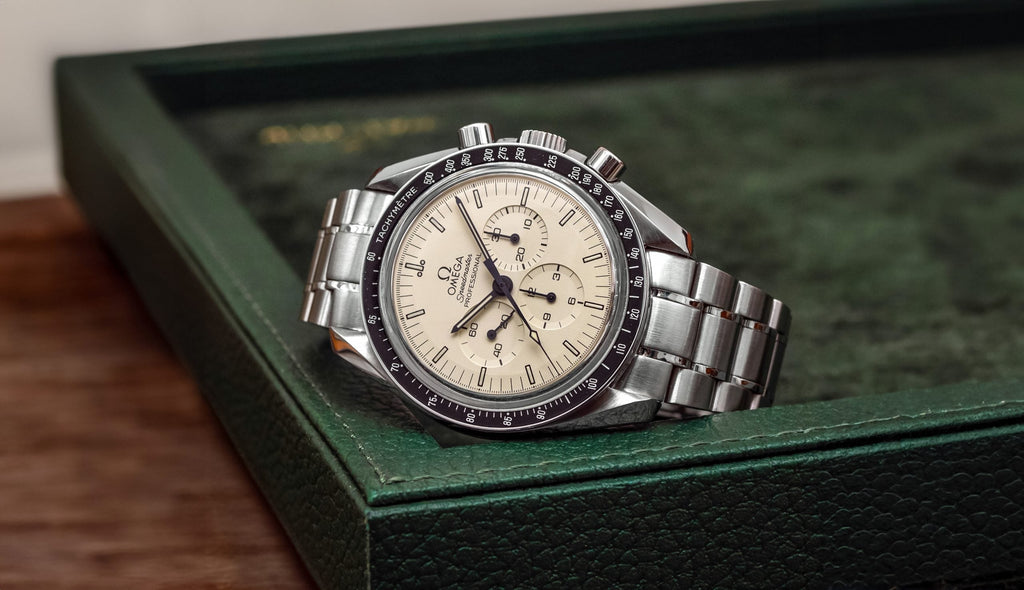
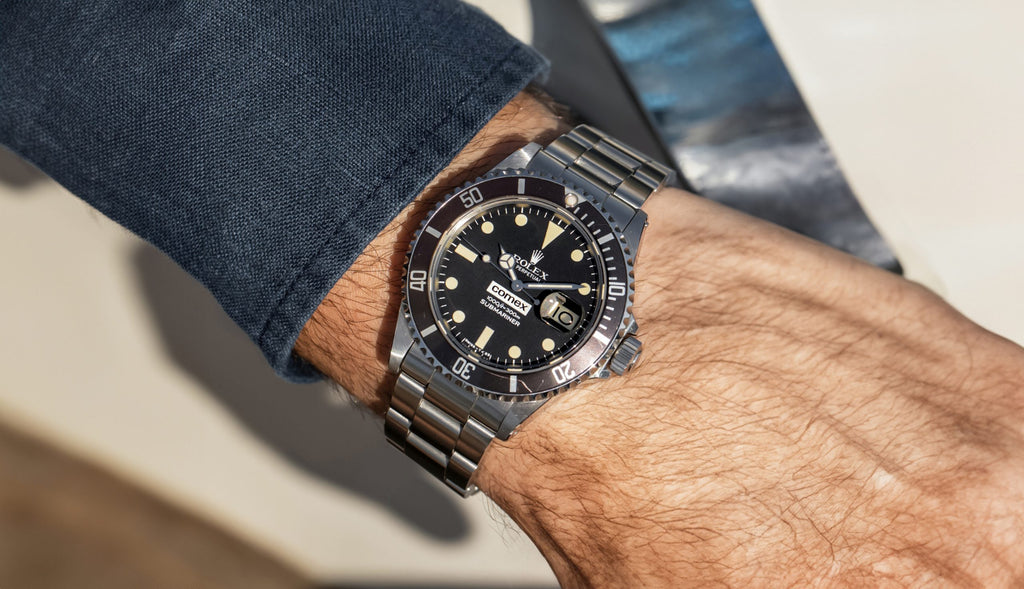
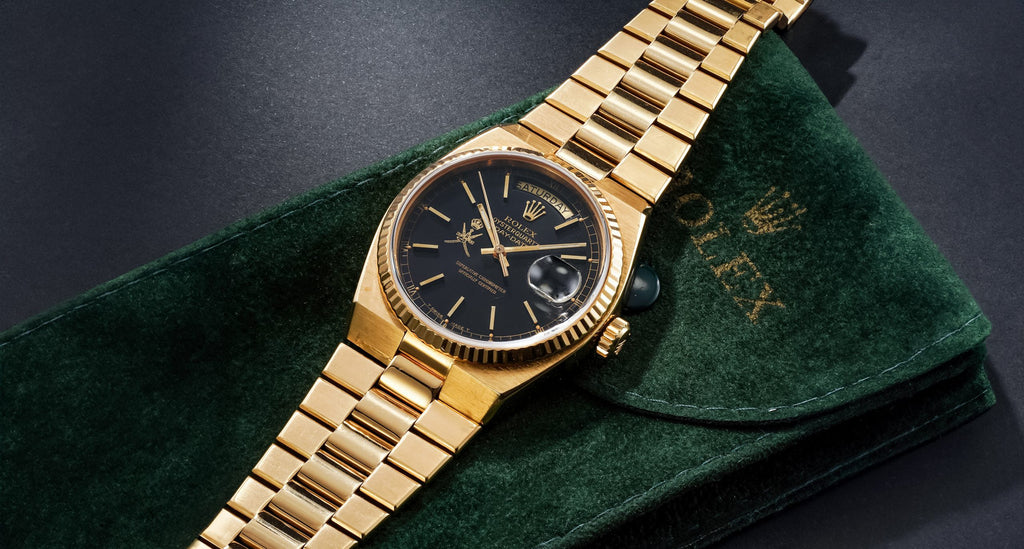
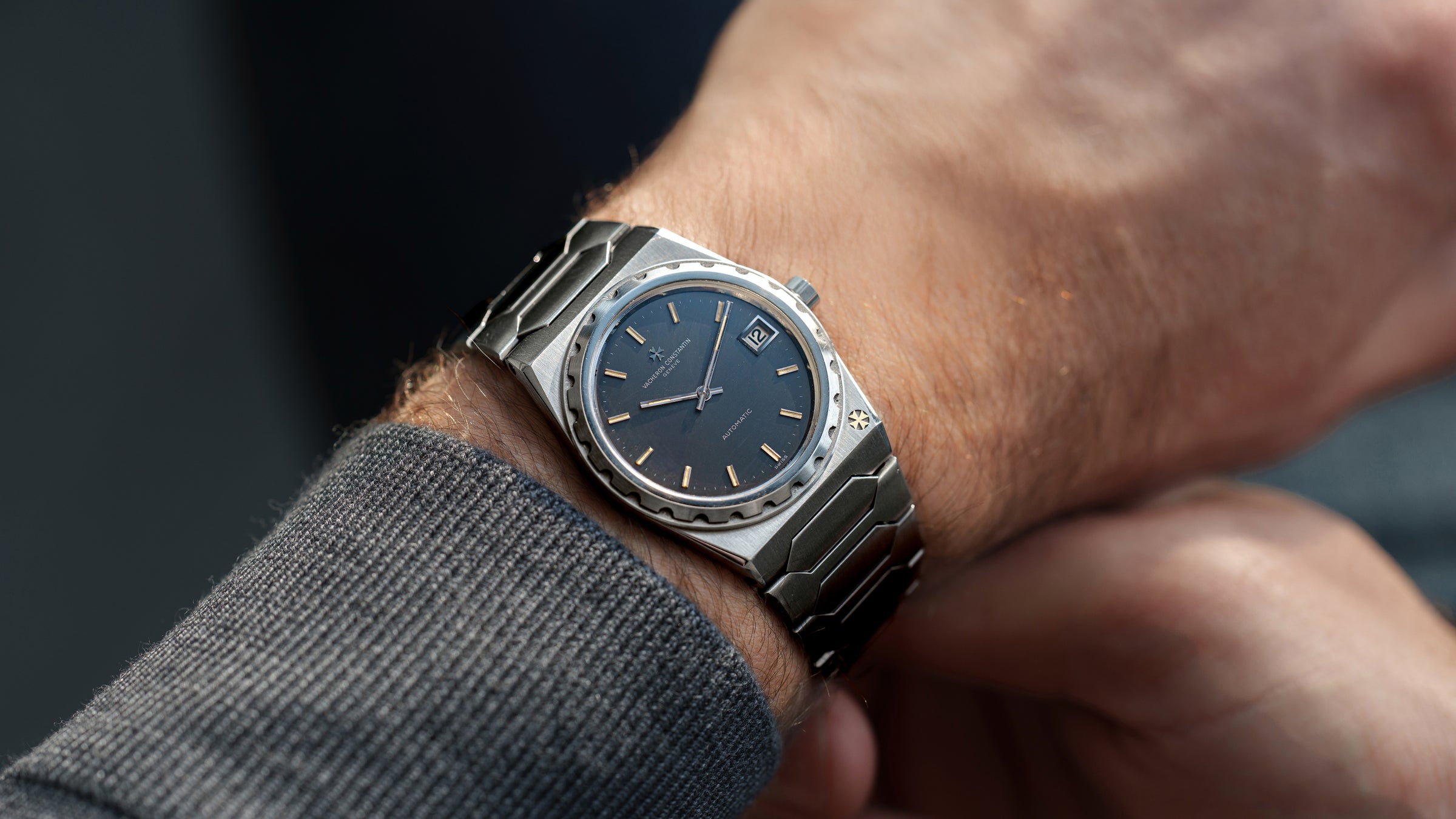
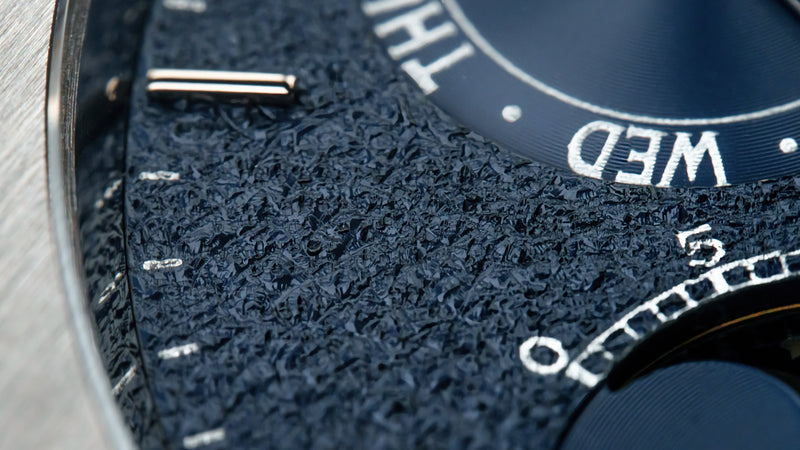

0 comments
Write a Comment